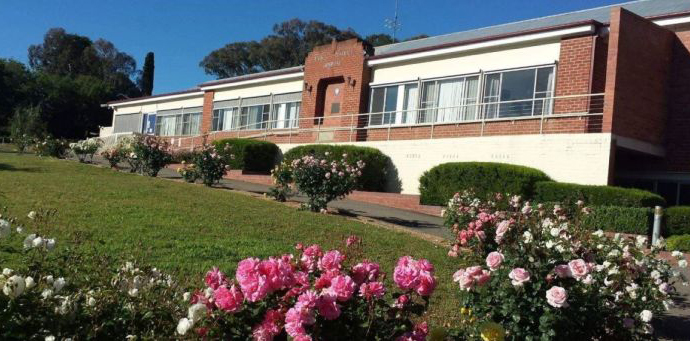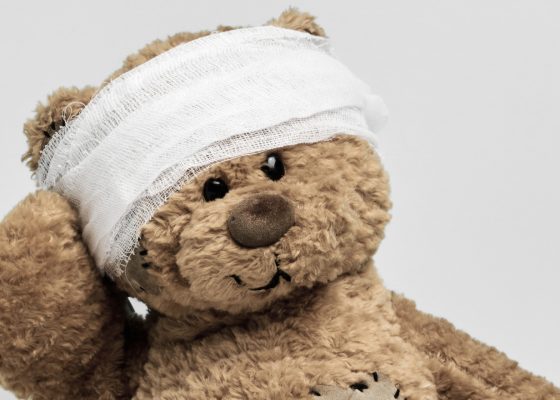UPDATED: It’s day one of a week-long sitting and already the Special Commission has heard of waste, lack of accountability and patchy procurement.
Updated 3.01pm Tuesday 20 February 2024: Staff at Yass District Hospital have been working without functioning personal duress alarms since before the covid pandemic, a NSW special commission hearing has heard.
Yass District Hospital is a 12-bed hospital with a four-bed, 24-hour emergency department and a medical imaging department. It is operated by the Southern NSW Local Health District.
Giving evidence at the NSW Special Commission of Inquiry into Healthcare Funding, Paul Haines, a registered nurse and paramedic, told the hearing that the personal duress alarm system used at the hospital had never worked properly.
Staff had given up filing maintenance reports because the situation had been going on so long, he said.
“My personal feeling is that people are so fed up trying to manage this duress system that they don’t feel there is any point struggling with it, so they don’t bother filling out a maintenance report anymore,” said Mr Haines, who is also chair of the hospital’s health and safety committee and a member of the Council of Australian Nursing and Midwifery Federation (NSW Branch).
Overnight the ED was often staffed by one nurse, he said.
HSD understands a nurse was attacked in the ED and hit her personal duress alarm which failed to go off. She has since decided not to return to work, writing an email to the executive of the SNSWLHD detailing why she would not be back.
Mr Haines said staff at the hospital had taken industrial action to try and get the situation with the duress alarms fixed.
SafeWork NSW had visited Yass District Hospital twice and issued an improvement notice to SNSWLHD on both occasions, but no action had been taken, said Mr Haines.
When a duress alarm goes off correctly, it tells everyone else wearing similar devices that someone is in trouble and where they are located, so assistance can be rendered.
At Yass, however, the location information was often inaccurate, sending people to the separate kitchen building rather than to where the staff member in distress was, he told the inquiry.
Also problematic was the time it took police to respond to the alarms.
“I can tell you of one [instance] where the alarm was set off accidentally, and it took police an hour and a half to come,” said Mr Haines.
A spokesperson for Southern NSW LHD issued a statement on Tuesday which read, in full:
“The safety of our staff, patients and visitors is a priority for Southern NSW Local Health District (SNSWLHD).
“In 2022, a new duress alarm system was installed at Yass Hospital to improve security coverage across the site. The hospital’s external security monitoring system was also upgraded.
“Personal duress alarm tags are tested weekly and faulty tags are immediately removed from service. Monthly checks are also run to ensure accurate location detection of personal duress alarms. All staff receive duress tag alarm training as part of their site orientation.
“To further address any safety risks for staff, Yass Hospital is monitored with 24/7 CCTV and is locked between 7pm and 7am. Emergency department staff work in pairs as a minimum and fixed duress buttons are also located throughout the hospital.”
In other news from the Special Commission, both Mr Haines and Kylie Tastula, a nurse practitioner at Royal Prince Alfred Hospital (run by Sydney LHD), recounted the lack of accountability around the procurement of basic equipment.
Both confirmed that it was usually clinicians who were responsible for keeping track of equipment inventories, resulting in both under- and over-ordering.
“Clinicians’ time is probably better spent being clinical,” said Ms Tastula.
Mr Haines said often a clinician would notice stock was running low, order new stock and then before that stock arrived, another clinician would also put through an order, resulting in duplication and wasted resources.
Both Mr Haines and Ms Tastula agreed that there was often nobody accountable for maintaining inventory levels of basic items like cannulas, syringes and dressings.
Ms Tastula also gave evidence of fragmented procurement procedures.
“There are different processes for every different thing that you have to order within a hospital,” she told the Commission.
“If I want to order a pen, I need to put an order in through [one process], and that involves a certain amount of sign-off.
“If I want to order a syringe, it needs to be done through DeliverEASE, which is a different sign-off. And then if I want to order neuro ops charts, then that’s another different process again, and it’s a different sign-off process for that.
“Each individual thing requires a completely different process to order.”
The hearings continue tomorrow from 10am (Sydney time).




